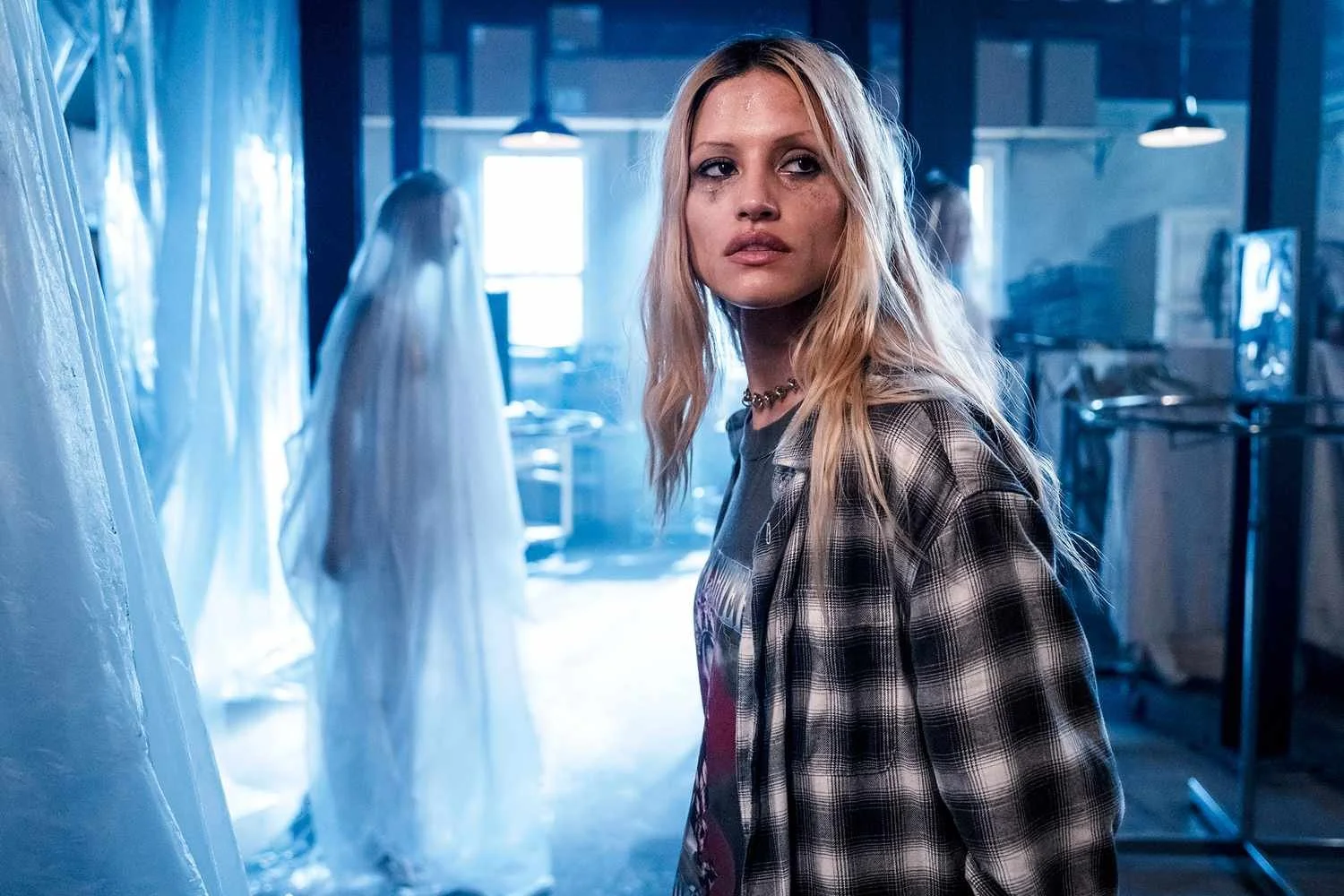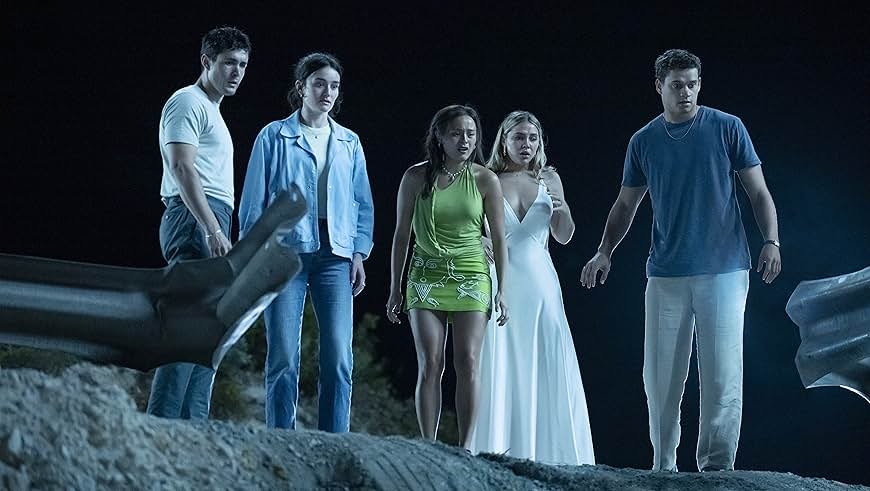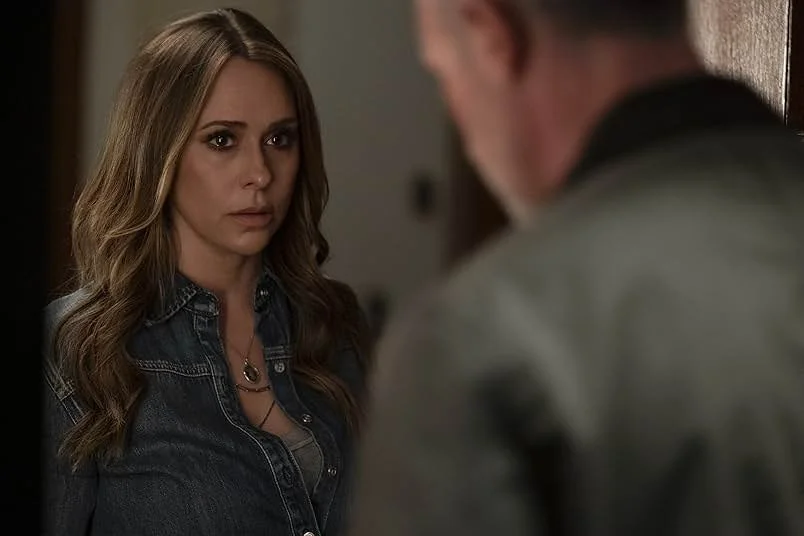I Know What You Did Last Summer Isn’t Just a Disappointing Slasher—It’s a Car Crash of a Legacy Sequel
Like the young friend group to their poor car accident victim, Sony should have left this franchise to die
by Alex Secilmis 28 July 2025
© Sony Pictures
Spoilers Below
While not an undisputed horror classic, I Know What You Did Last Summer was due for a requel. The 1997 hit, penned by Scream scribe Kevin Williamson, was an atmospheric seaside teen slasher that doubled as a morality tale with far more nuance than the subgenre demands. Nearly three decades later (after a fun but frivolous Bahamas-set sequel in 1998), co-writer/director Jennifer Kaytin Robinson returns the action to Southport, NC. Unfortunately, with a confused tone closer to the knowing horror comedy of Scream, I Know What You Did Last Summer (2025) fails to imbue its recycled iconography with new meaning. Foregrounding heavy-handed musings on trauma and nostalgia, the film descends into a self-reflexive, shallow mess that robs the original of its emotional core and inexplicably overwrites the legacy characters’ defining traits.
The premise remains the same: a year after they covered up a fatal car accident, a group of young friends is hunted by a hook-wielding killer in a fisherman’s slicker. Ava (Chase Sui Wonders) is home from college and eager to rekindle a romance with Milo (Jonah Hauer-King); former Croaker Queen Danica (Madelyn Cline) is set to marry trust-fund jock Teddy (Tyriq Weathers); and the estranged Stevie (Sarah Pidgeon) is working the event as a caterer.
© Sony Pictures
That’s about all the characterisation we’re allowed. Instead, the core five seem largely defined by a vapid use of Gen-Z speak (see “diva”, “gentrifislaytion”), which would be all well and good if it didn’t replace character development and undermine emotional beats. The irony is that Jennifer Kaytin Robinson’s previous film, the satirical 90s teen movie homage Do Revenge (2022), captured Gen Z like few other films have by understanding the significance of the generation’s relationship with nostalgia, all while skewering their slang and performative online culture. Unfortunately, her slasher’s script is a series of increasingly hollow soundbites parroted by an under-utilised cast. And whatever semblance of an arc the film gestures towards is a bizarre one—the characters seem to get over their responsibility for manslaughter remarkably quickly. With little to root for, the brief, half-baked kills are all the more underwhelming.
While the script squanders the main cast, a bit part steals the show. Playing a true crime podcaster by the name of Tyler Trevino, Gabbriette is easily the film’s highlight. In her second feature film, the actress excels as the morbid, desensitised host of the aptly-titled Live, Laugh, Slaughter. Her role injects the story with a much-needed energy and offers a fresh lens to look at the original, but, as with any spark in this legacy sequel, it’s quickly snuffed out. The chic, apathetic Tyler may be a caricature with little screen time, but she’s one of the only characters in the film who resembles something of a real human being.
© Sony Pictures
Plagued by an inconsistency mirroring its tone, Robinson displays an excess of both reverence and disregard for the original. The camera lingers on photographs of the original characters just a little too long, as if tempting the viewer with a far better film. There’s an obvious love for the franchise from Robinson and her co-writers Sam Lanksy and Leah McKendrick, but it is directed towards moments like an unnecessary de-aged Helen Shivers nightmare sequence (reprising her widely-admired role, Sarah Michelle Gellar is magnetic nevertheless) rather than evoking the first film’s rich cinematography and brooding pace (the requel looks—and is awkwardly paced—like a run-of-the-mill Netflix film).
In fact, the film’s treatment of Helen offers a case study in its failure. Despite missing out on Final Girl status, Helen became a fan favourite because Gellar brought an uncharacteristic vulnerability to the popular girl. In the requel, with her face appearing everywhere from old photographs to dream sequences and fan-made Etsy t-shirts, Robinson spends so much time chasing her spectre that she forgets to give the new characters the depth that made the Croaker Queen so memorable in the first place. Madelyn Cline does her best as this film’s pageant winner, but she is never given more to do than deliver humorous one-liners (she asks if she’ll be a “hot widow” when she loses her significant other) that belittle the trauma she experiences. The lowered emotional stakes are particularly egregious considering the original, as a focused exploration of guilt, is an exciting slasher precisely because of its uncommon sincerity.
© Sony Pictures
Still, the worst of the disregard lies in the handling of the legacy characters. Not a particularly belligerent survivor, Julie James (Jennifer Love Hewitt) made for a compelling final girl because her conscience and good heart prevailed despite a terrible mistake. Instead, the requel finds Julie as a hardened PTSD professor without a trace of her sweet disposition—she’s a tough one-note badass recalling Sidney in Scream (2022). Robinson also sticks to the legacy sequel’s habit of breaking up the core romance—relying on a trope far less interesting than the chance to explore the complexities of a long-term relationship and its shared trauma. Yet nothing in this misguided film is more baffling than the treatment of Ray Bronson (Freddie Prinze Jr.). Robinson makes Ray half of a murderous duo with Stevie, his employee, and attributes his sudden transformation into a serial killer to a half-baked diagnosis of unresolved trauma, not wanting the town to “forget” about him, and a promise that he made to Stevie’s father to look after her. He kills several innocent people seemingly to fulfil that promise when Stevie is left emotionally wrecked by her complicity in the accident and the fact that the victim, unbeknownst to her, was her boyfriend. If the plot sounds convoluted, it’s because it is. Robinson throws a slew of motives at the wall because none of them stick. While this franchise is no stranger to outlandish twists, making Ray the killer is an unprompted betrayal of the narrative. Healing from trauma can be a non-linear process, but I Still Know What You Did Last Summer portrays Ray as having already made some form of peace with his past (his conflict with Julie stems from her inability to move on). Moreover, when he learns the fisherman has returned, he travels through a storm, commandeers a boat, and saves Julie—all with an arm in a sling. To again reference that famed horror series, it would be like making Dewey the killer.
What makes the movie’s failings so frustrating is that, perhaps more than any of its peers, I Know What You Did Last Summer was ripe for a legacy sequel. It is fundamentally a film about the dialogue between past and present, not just because of how the characters are haunted by their crime, but because of how they long for their lives before the accident and mourn their once-bright futures. With the requel facing mixed reactions and looking to turn a meagre profit, the franchise may finally be, unlike the Southport victim upon impact, well and truly dead.



